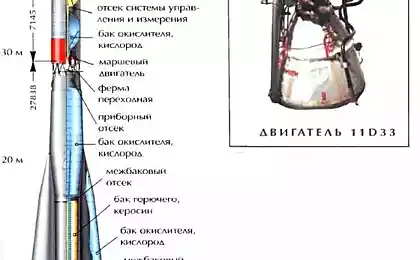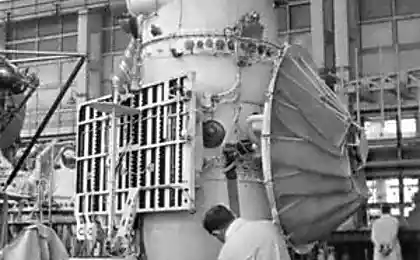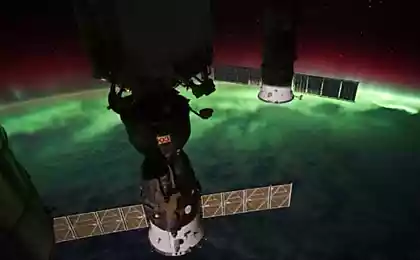446
NASA is thinking about sending people to Venus

NASA plans for space missions involving humans are big changes every few years, when we learn something new about how to save the lives of these people. Now, however, NASA chose a new target. Where will we go next? To Mars, again on the moon or maybe on an asteroid? Research center at NASA Langley made another interesting suggestion: why not to fly to Venus?
Yes, man is instantly annihilated on the hellish surface of Venus, but what if it will float in its clouds with a blimp solar? During the mission, the use of 129-meter airship HAVOC (High Attitude Venus Operational Concept), which will be equipped with a small living space and solar panels for energy.
Mars is the next logical step for the development of people as very similar to Earth. Its surface temperature is quite low (average of -63 degrees Celsius), but not so critical for the mission of gases — oxygen and nitrogen — might be cold. Also Mars has a thin atmosphere of carbon dioxide, which plants can use to produce air for breathing. Mars fits into the overall scheme of things, but Venus is closer by a few million kilometers. A round trip to Venus would take 440 days, while on Mars — not less than 500.
When offered the idea of sending a man on an alien world, it usually involves a visit to the surface. In the case of Venus, this will not happen. Atmospheric pressure at sea level on Venus is 92 times higher than on Earth, and the temperature — about 500 degrees Celsius. This is enough to melt lead. Still like the idea of a holiday on Venus? Its atmosphere is poisonous and dense, there is nothing than you can breathe. It consists almost entirely of clouds of carbon dioxide, sulfur dioxide and sulfuric acid. The most durable space probe that landed on Venus lasted not more than an hour.

However, if you sail in an airship at an altitude of 50 kilometers above the surface, no problems are expected. Concept HAVOC Langley pointed out a few facts hospitality of the upper atmosphere of Venus. At this level the atmospheric pressure is one, and therefore to check the design of the airship will be on the Ground. The temperature at this altitude is only 75 degrees Celsius, which is quite acceptable.
Compared to Mars, Venus also has a number of advantages. First, there will be problems with energy. Placing an array of solar panels on the airship, explorers of the planet will have all the energy you need to work. Venus gets 40% more solar energy than Earth and 240 times more than Mars. In the atmosphere of Venus airship could use electricity to make the turbines rotate, enabling the movement.
More importantly (and paradoxically), Venus safer for people. At the height of 50 miles the atmosphere of Venus provides full protection from radiation — the same radiation you can get in the Siberian forest. Mars, on the other hand, will give astronauts to 40 times more radiation than the Earth. The only possible way to make missions on Mars is to dig under the surface a few meters.
The study of Venus will require NASA to develop new technologies, but they will be much less than on Mars. Although, of course, much yet to learn. Over the past few decades Mars has been visited by dozens of probes, and Venus is mostly ignored. We don't know anything not only about the evolution of Venus, but as a thick atmosphere of carbon dioxide has led to a serious greenhouse effect. And this is important, given the fact that we continue to burn fossil fuels on Earth.
Source: hi-news.ru























